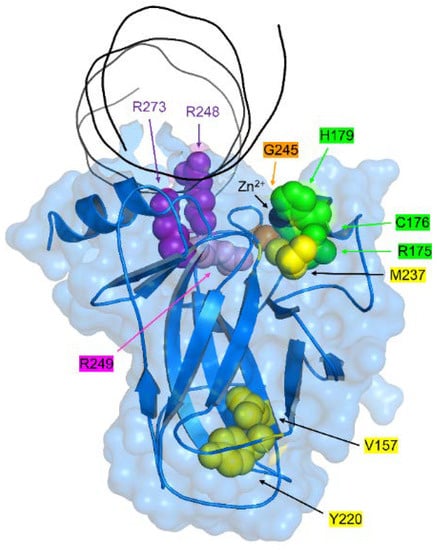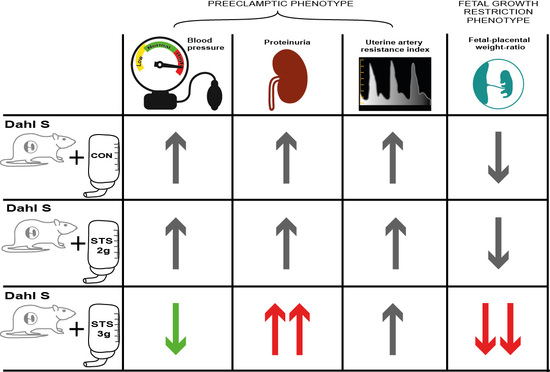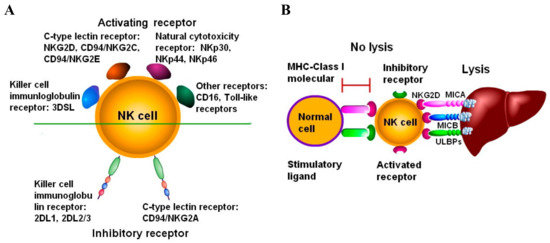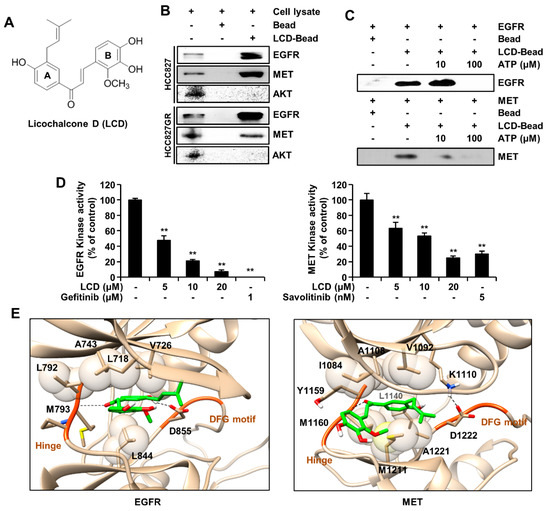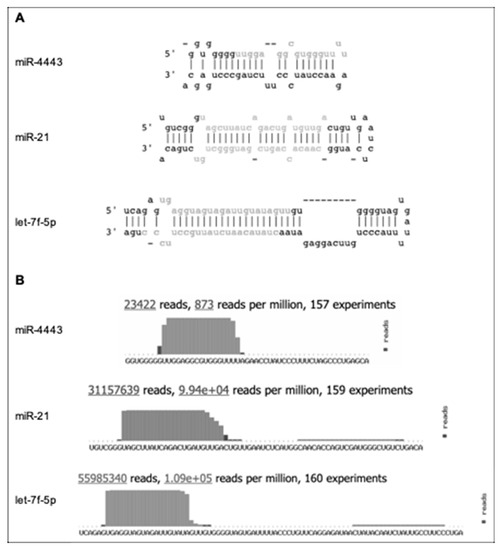Biomolecules 2020, 10(2), 304; https://doi.org/10.3390/biom10020304 - 14 Feb 2020
Cited by 3 | Viewed by 4822
Abstract
The worldwide spread of β-lactamases able to hydrolyze last resort carbapenems contributes to the antibiotic resistance problem and menaces the successful antimicrobial treatment of clinically relevant pathogens. Class A carbapenemases include members of the KPC and GES families. While drugs against KPC-type carbapenemases
[...] Read more.
The worldwide spread of β-lactamases able to hydrolyze last resort carbapenems contributes to the antibiotic resistance problem and menaces the successful antimicrobial treatment of clinically relevant pathogens. Class A carbapenemases include members of the KPC and GES families. While drugs against KPC-type carbapenemases have recently been approved, for GES-type enzymes, no inhibitors have yet been introduced in therapy. Thus, GES carbapenemases represent important drug targets. Here, we present an in silico screening against the most prevalent GES carbapenemase, GES-5, using a lead-like compound library of commercially available compounds. The most promising candidates were selected for in vitro validation in biochemical assays against recombinant GES-5 leading to four derivatives active as high micromolar competitive inhibitors. For the best inhibitors, the ability to inhibit KPC-2 was also evaluated. The discovered inhibitors constitute promising starting points for hit to lead optimization.
Full article
(This article belongs to the Special Issue Beta-Lactamases: Sequence, Structure, Function, and Inhibition)
►
Show Figures

